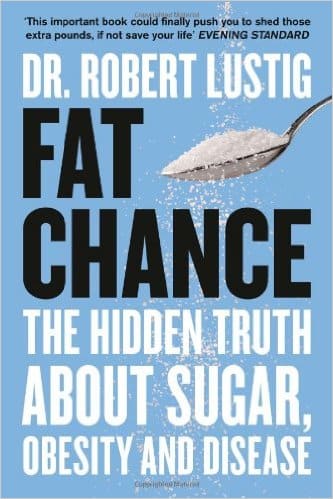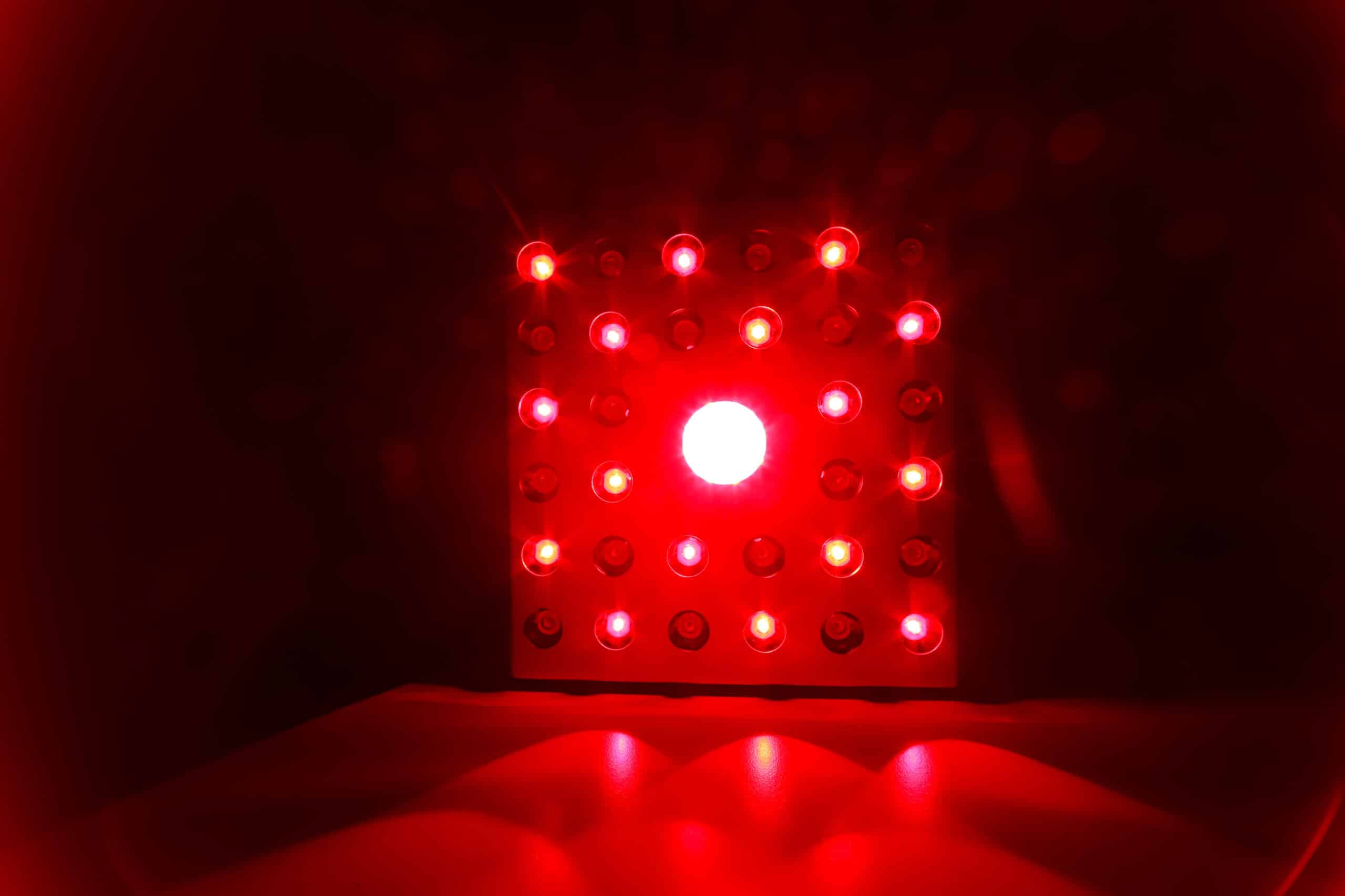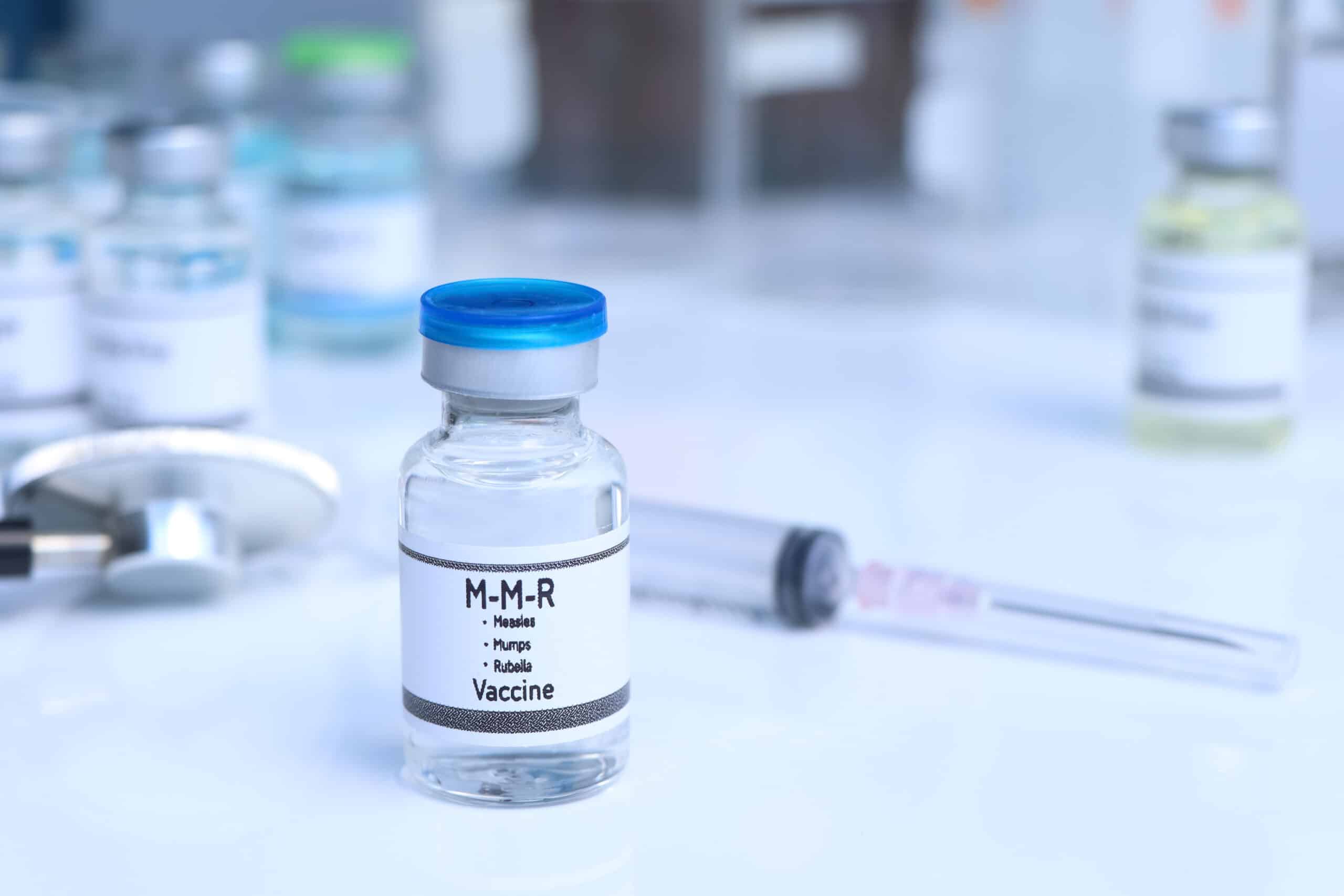Sugar is everywhere and it’s so hard to resist. When your son looks up at you with big eyes and asks for a cookie, it’s hard to say, “No.” It’s especially hard to say no when you’re wrestling with your groceries and a baby and you just want to get out of the store without an incident. If one cookie will keep him happy and quiet, the temptation to give in can take over. And if it’s not a cookie, it’s sugary cereal for breakfast or a small scoop of ice cream after dinner. It’s just so much easier to say yes. After all, you’re not a bad parent for wanting to make your kid smile.
But the massive rise in childhood obesity, not to mention the slew of health concerns that come directly from obesity (diabetes, heart disease, and high cholesterol) should make us pause before handing over that little sugar bomb. A cookie here, a piece of birthday cake there, and a juice box after a soccer game all add up quickly. And these seemingly innocuous treats are a lot worse than you may realize.

In his book Fat Chance: The Hidden Truth About Sugar, Obesity, and Disease Dr. Robert Lustig explains that sugar is an addictive and toxic substance that can be as damaging as alcohol, tobacco, and even cocaine. But at least when you purchase those products, you know they are harmful to your health. The Surgeon General’s label is right on the bottle of wine, and children grow up learning the dangers of smoking and drugs. But sugar is a lot harder to explain to kids. It doesn’t come with any warnings, and it’s frequently difficult to spot in the food we eat on a daily basis.
Sugar Is In Almost Everything

In the 1970s and 1980s, the U.S. Government guidelines came out against fats and cholesterol. This decision was likely based on insufficient data. This shifted public opinion and food production toward lower-fat products. To maintain the same taste, the food industry substituted table sugar. Unfortunately, at the same time, high fructose corn syrup became widely available. It was cheaper and sweeter than table sugar and rapidly became the mainstay sweetener in food production. Unfortunately, the rates of disease did not decrease as a result of the decreased fat intake. The reason is that we have not focused on the real issue: sugar.
As a result of this change, adults have increased their intake of sugar by 30% over the last several decades, and all that sugar is also increasing our children’s sugar intake. If you just had to avoid obvious sugar bombs like cookies, candy, ice cream, marshmallows, and soda, then the process of keeping your kids away from the toxicity of sugar would be a metaphorical (and sugar-free) piece of cake. But it’s not that simple. About 80% of the packaged products you can buy in the store have added sugar. That means, if you really want to limit your child’s sugar intake, you will also need to cut back (or eliminate) things like processed soup, crackers, bread, burgers, and many other childhood staples. A 6 oz. container of non-fat fruit yogurt gets 77.5 of its calories from sugar. In fact, last week I looked at the ingredients in the California Roll I purchased at my local supermarket and was surprised to see that the sushi rice contained sugar as the second ingredient! The “crab” meat had added sugar. There was even sugar in the pickled ginger and the soy sauce.
When you’re checking the labels of your kids’ favorite products, you’ll want to check for all forms of sugar. You’re likely aware of sucrose (the table sugar you add to coffee or cereal), but you should also be aware of fructose and glucose. Fructose changes the chemistry in the brain to cause overeating and weight gain. Glucose satiates hunger faster than fructose and sucrose, and is less likely to lead to weight gain in children. For this reason, you should be especially careful to avoid sugary drinks and products containing fructose, as they can actually program your child’s body to consume more calories, which can lead to obesity.
The Danger of Sugar
The purpose of food is to provide sustenance and fuel for all of our daily activities. When you eat most foods, you eventually recognize that you are full, and you stop eating. But sugar is different. Sugar has a direct impact on the reward centers of your brain. Each time your body consumes sugar your brain gets a dose of dopamine (the hormone that is responsible for pleasure). When we eat large quantities of sugar, the dopamine receptors downgrade, and it takes more and more sugar to get that same level of pleasure. You are getting physically addicted to sugar in the same way you’d get addicted to cocaine.
Sugar also has a direct effect on your Leptin receptors (the hormone that regulates body fat). When you eat excessive amounts of sugar, you can become Leptin resistant, which can make you feel insanely hungry all the time. So, not only do you crave sugar because you are addicted to it, but you also crave the calories because sugar makes you feel famished.
All of this sugar is processed through the liver. When we have high levels of glucose (sugar) in our blood, the liver responds by absorbing the glucose and bundling it into bits of glycogen. Once the liver is full of glycogen, it turns it into fatty acids and stores it in long-term fat storage. This excess storage of fat can lead to diabetes, fatty liver disease, and other awful ailments. It can also contribute to obesity, high cholesterol, and high blood pressure.
What Can You Do?

If your child asked for a stick of butter, you would never say yes. Aside from being a disgusting concept, butter is packed with fat. But serving your son a juice box is essentially the same as handing him half a stick of butter. For this and all the other reasons outlined above, it’s hard to find the justification for the juice box.
So, the next time you’re at a birthday party and your son wants another scoop of ice cream, remember that the temporary happiness he feels today could lead to a slew of health problems in the future. He can’t make the hard decisions yet, but you can. Is the benefit of a smiling child really worth the guilt of knowing you may be signing him up for a life of obesity and diabetes? The choice is yours.
Reach out to Peninsula Doctor to find out how you can help your children eat better and reduce the amount of sugar intake.



